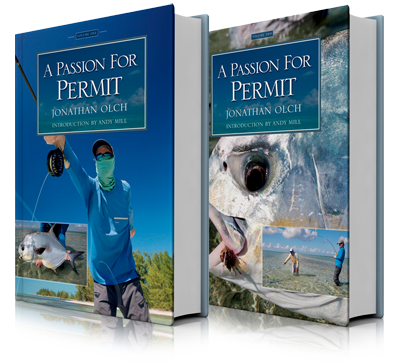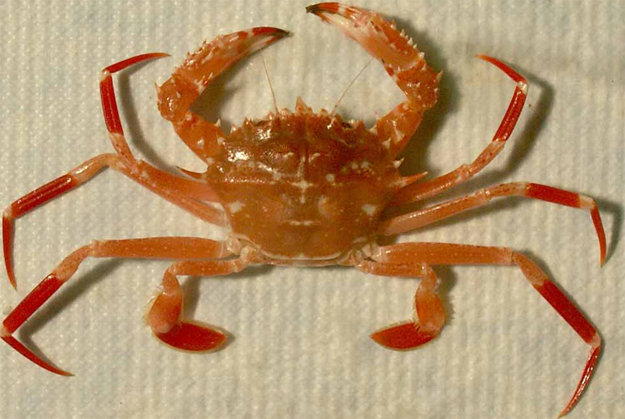For many fly anglers, catching a permit on the flats proves to be significantly north of elusive, but there are “methods” found in Jonathan Olch’s book, “A Passion for Permit,” published by Wild River Press.
Here is one short example of why this beautiful new saltwater fly-fishing book is essential:
New Way to Get Your Fly to Them
 [dropcap]“L[/dropcap]ead eyes are not ideal in my series of crabs. They would require a longer shank hook. I am also looking for a slower-sinking, ‘“hovering”’ crab that acts as though it is unaware of any danger, and is in no rush to escape. Other than while fishing in a lagoon with a mud bottom, most of my permit bites occur as the fly is sinking-not after it reaches bottom or while I am bumping the crab.
[dropcap]“L[/dropcap]ead eyes are not ideal in my series of crabs. They would require a longer shank hook. I am also looking for a slower-sinking, ‘“hovering”’ crab that acts as though it is unaware of any danger, and is in no rush to escape. Other than while fishing in a lagoon with a mud bottom, most of my permit bites occur as the fly is sinking-not after it reaches bottom or while I am bumping the crab.
How many times has your favorite weighted swimming crab hung up on the bottom, or make too much of a splash upon impact? Consider expanding the utility of your designs by tying some of them unweighted or lightly weighted. Floating and slow-sinking permit patterns have not received much attention, and with good reason. The permit revolution in the Florida Keys was founded when lead eyes, epoxy and other materials that took your fly to the bottom became available. Other than from habit or convenience, you do not have to bomb a Merkin to the bottom, preferring to shut off your mind to the many other ways to skin the cat.
Here is a secret weapon of mine: slide a 1/32-ounce worm weight or an even lighter tungsten conehead in front of the loop knot that secures the fly, or slide it down the tippet by clipping and then re-tying the blood knot connecting the two sections of leader. It is faster than re-tying the loop knot that attaches the fly. Doing this, I instantly convert an unweighted or lightly weighted fly into one that gets to the bottom immediately or can be fished at any depth throughout the water column. Furthermore, because of the symmetrical shape of these weights, your fly will not spin or behave erratically.
An added benefit in using these external weights is the ability to fine-tune the casting properties of the fly in relation to the rod weight and fly line as well as adapt to different flats depths or calm or windy conditions. I have experienced no reduction of strikes from permit when fishing in this manner. I paint my weights either olive or tan (matte not glossy) and carry them in my pocket in a small Ziploc bag.”
NOTE: Featured Image is a Bathyal swimming crab (Bathynectes longispina) occurs on the outer continental shelf, continental slope, and seamounts along the Atlantic coasts of the U.S. and Europe, in the Gulf of Mexico, and the Mediterranean Sea.
Credit: Vince Guida, NEFSC/NOAA
Pre-order today
Contact Publisher:
Tom Pero
2315 210th St SE, Bothell, WA 98021
(425) 486-3638
…[/information]


